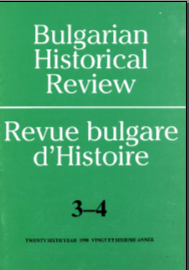
We kindly inform you that, as long as the subject affiliation of our 300.000+ articles is in progress, you might get unsufficient or no results on your third level or second level search. In this case, please broaden your search criteria.

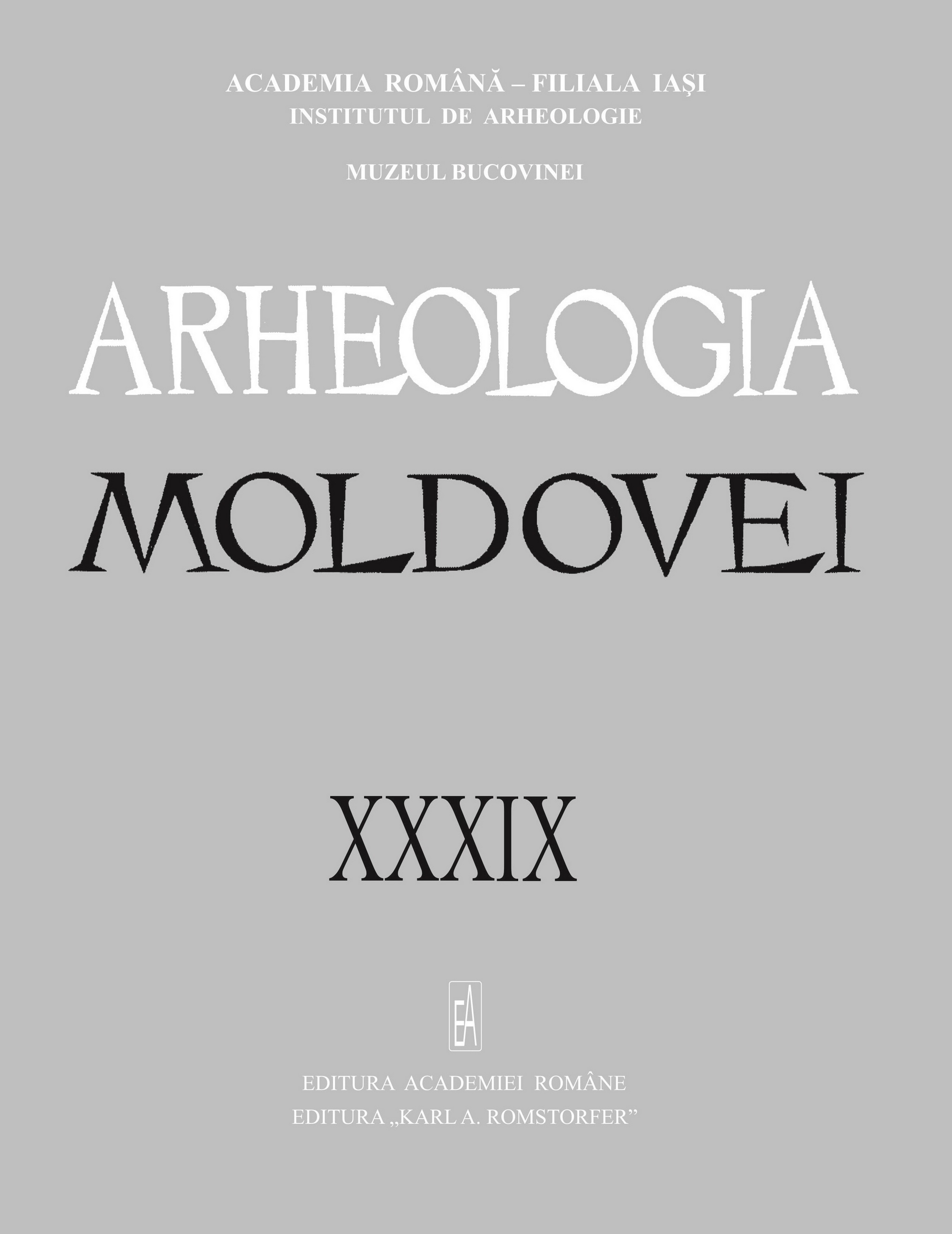
One can rarely find a series of cognates as significant – for both the post-ancient history of Southeast-Central Europe and for the Old Germanic domain – as the Romanian lexical family that includes ban ‘feudal title of nobility’ and ban ‘coin, money’. It is rather surprising that no one has decisively propounded Old Germanic origins for those Romanian words as well as for their obvious relatives in neighbouring languages. Such a situation is most probably due to the fact that some earlier (Avar-Turkic-Hungarian) etymological explanations regarding the ban family came to be considered as definitive solutions, so they became a kind of “etymological axioms” transmitted from author to author up until the present day. The main point of this study is to demonstrate that the Romanian lexical family represented by terms such as ban, bănat, băni, bănui and bântui (plus many significant derivatives) are far from being just borrowings from the languages of today’s neighbours of the Romanians. In their earliest recorded meanings, the Romanian words under discussion show surprising unity, since they all reflect a proto-feudal juridical-administrative system that can be clarified only by reference to the original semantic sphere of Germanic words such as German Bann, Swedish bann or English ban. The general conclusion of this study (divided into two parts, to be published in two consecutive issues of Arheologia Moldovei) is that Romanian, as continuant of the Vulgar Latin spoken in Southeast Europe, preserved a lexical family based on Old Germanic loans with meanings that look even more archaic than the ones of the ban family (of Frankish origin) which survived in the French language.
More...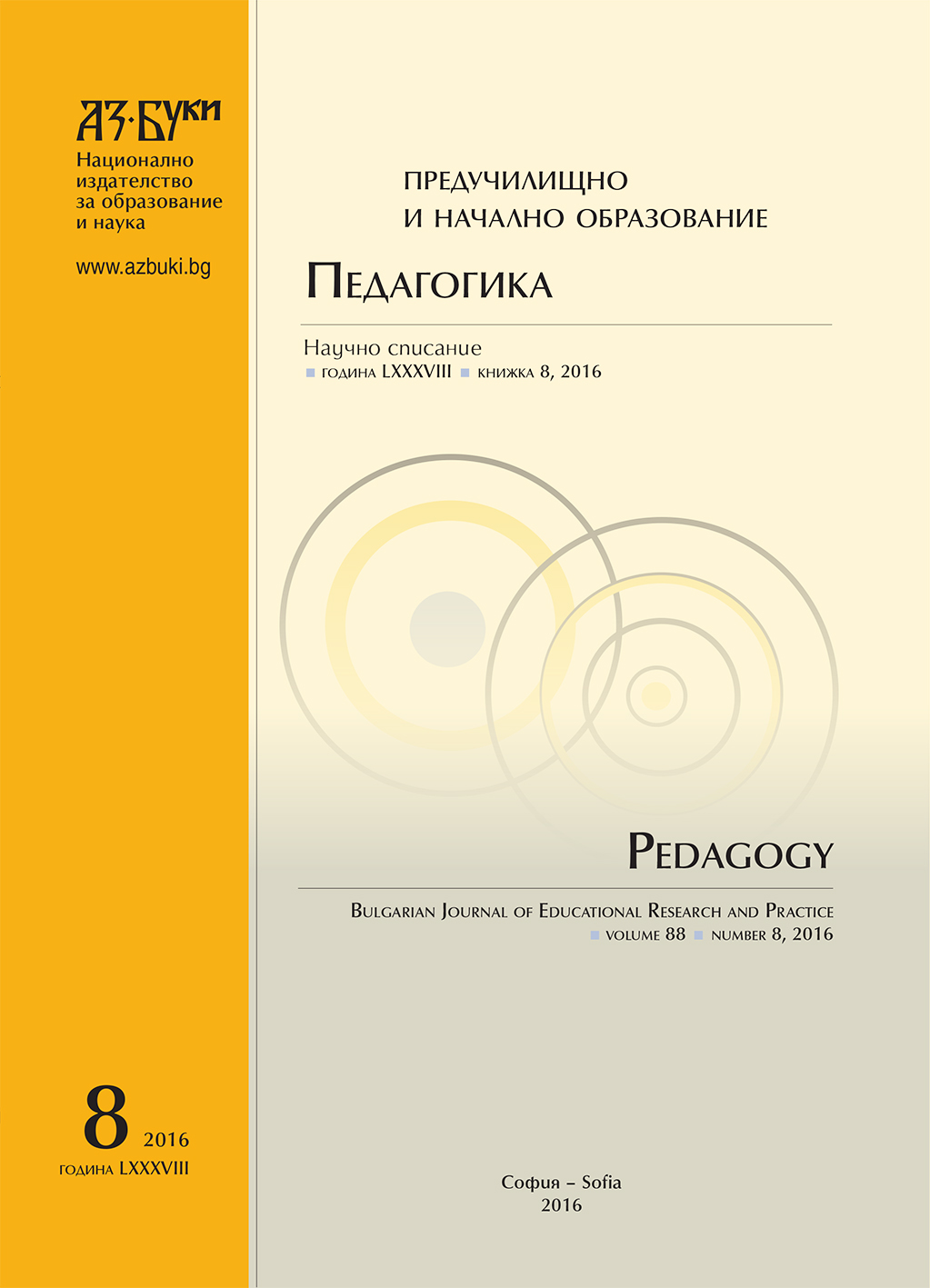
During the Renaissance in Italy, on the one hand, the physicians recognize the need for a practical study of human anatomy for the needs of medicine, and on the other hand, in the artists and sculptors arises the need to master the realistic portrayal of man. One of the means of achieving this objective is the knowledge of science anatomy, in particular – of the musculoskeletal system of man. The article deals with cooperation between artists and anatomists in this era, led to a number of discoveries in the anatomical illustration for scientific and didactic purposes of the muscular and skeletal systems and the emergence of a new model for anatomical illustration, called “Ecorche.” Outlined are the contributions of Leonardo da Vinci for anatomical visualization and prerequisites, which he created with his research in the field of anatomy, the emergence of a new model. It is noted that for centuries this model strongly influenced the teaching of anatomy, both painters and sculptors, as well as the medics, especially anatomists and surgeons. Presented are the most important authors, writings and illustrations (incl. statues) type “Ecorche” of those times that have affected anatomical editions over the next centuries. There is analyzed and commented upon the style of anatomical illustrations with figures “Ecorche” of the emblematic artists of the Renaissance and educational objectives that are placed through them.
More...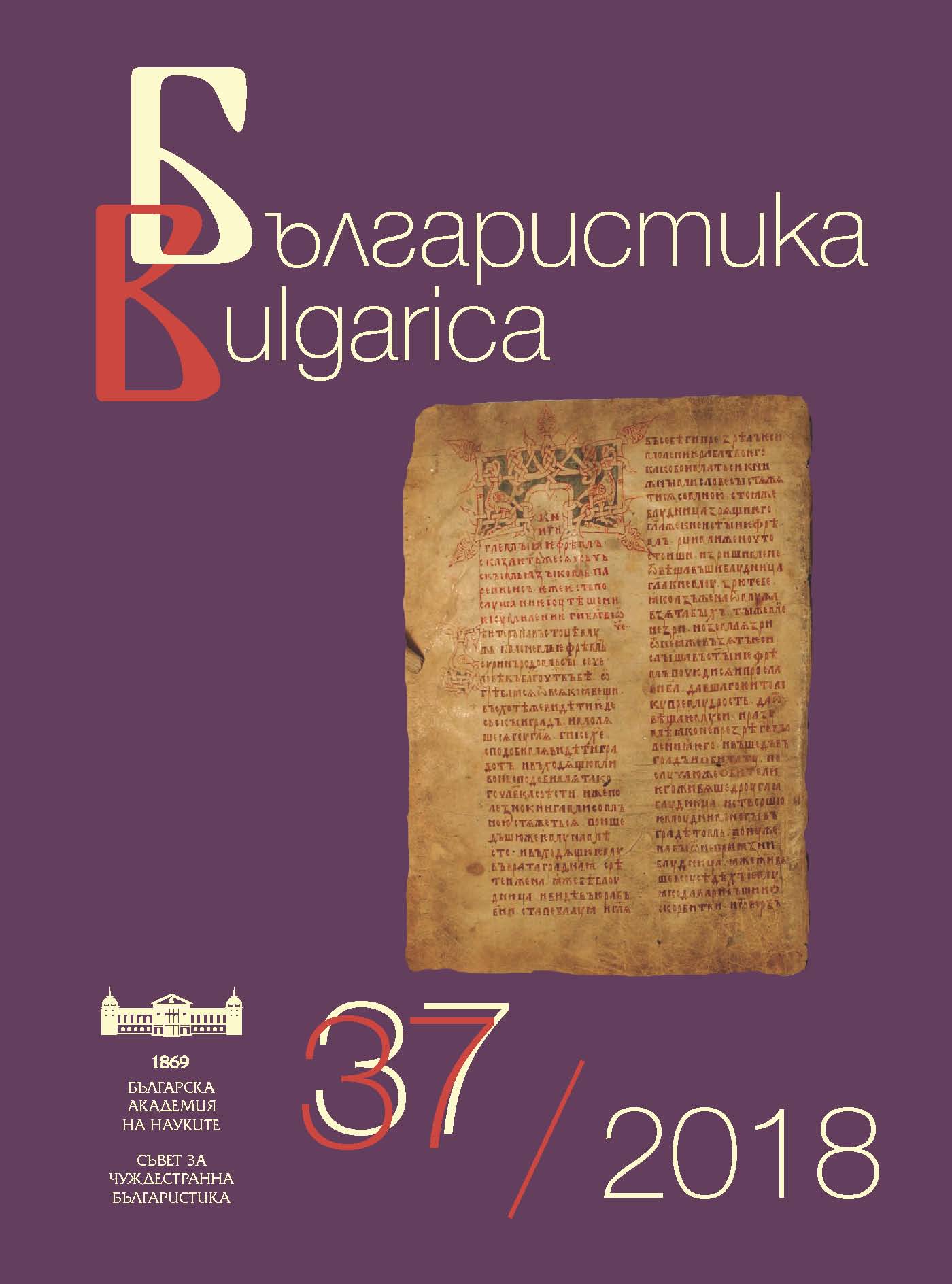
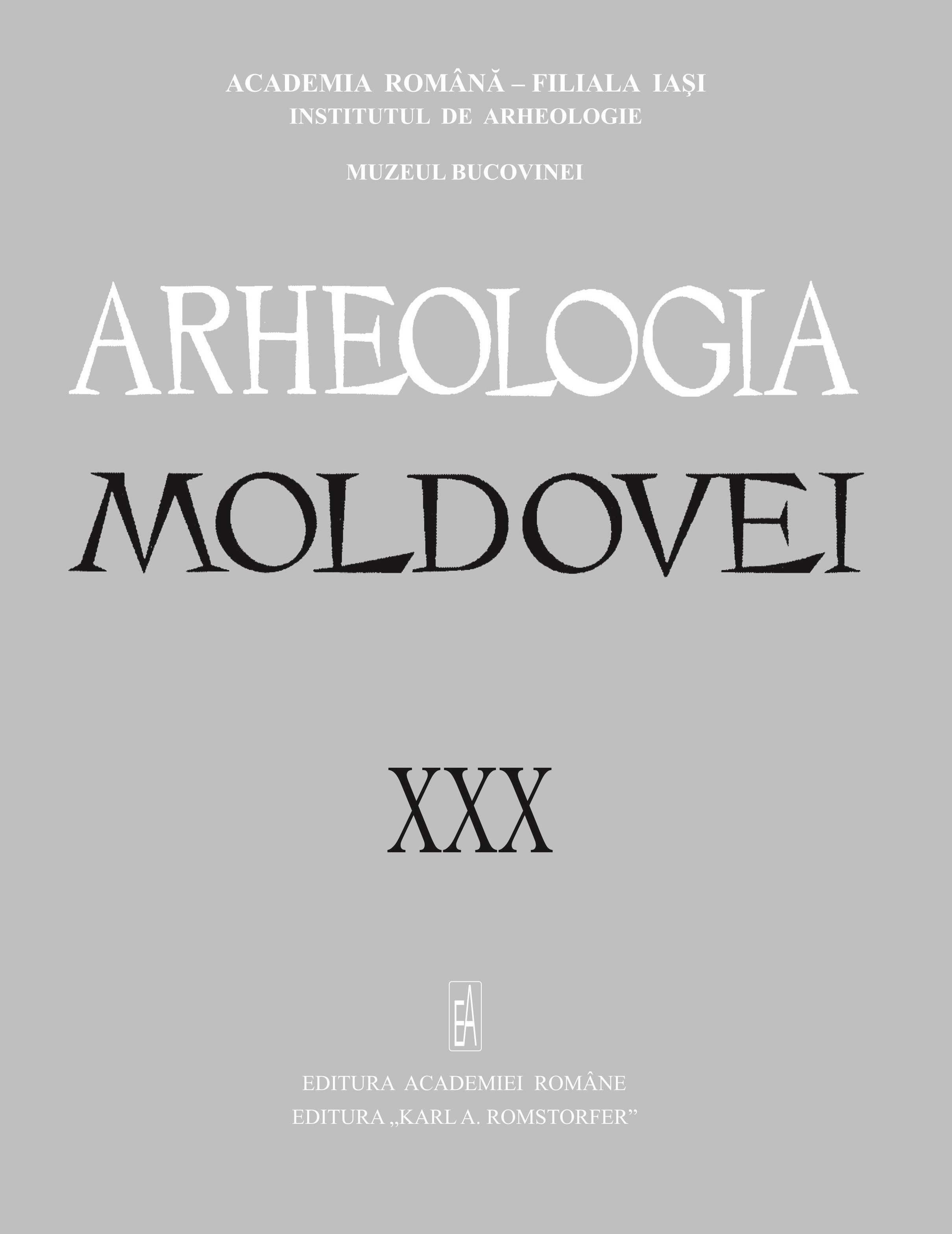
The author of the article “Romanian gard – An Old Germanic Loan and Its Linguistic-Historical Implications” aims to clarify the etymology of a much discussed Romanian term. About the origin of Rmn. gard (‘enclosure, fence, garden, wickerwork barrier for fishing’) three main etymological explanations have been proposed in course of time: (1) earliest of all, Diez considered that Gothic gards (‘house, household, family, courtyard’) could account for both Romanian gard and Albanian gardh (‘hedge, palisade, dam’); later it was only Scriban and Gamillscheg who were definitely in favour of an Old Germanic origin for Rmn. gard; (2) most other scholars followed Miklosich’s authoritative (but hardly credible) opinion according to which the Romanian word under discussion simply derived from Old Slavic gradъ (‘fortified settlement’); (3) and in more recent times, specialists like Russu and Brâncuş considered Rmn. gard to be a substratal (Thraco-Dacian) term closely related to Alb. gardh. The present author brings new arguments in favour of the Old Germanic etymology (which was credibly sustained in Gamillscheg’s Romania Germanica). One of the main arguments taken into account below is that O.Slav. gradъ itself is best explained as a very early borrowing from Germanic, that idea being archaeologically supported by the numerous traces of Old Germanic (even pre-Gothic) “enclosures” that have been found in now Slavic territories north of the Carpathians. In regard to phonetics, in Slavic (a satem language, like Thracian, for that matter), a word that etymologically corresponds to Phrygian -gordum (in Manegordum) and to Latin hortus ‘garden’ should have an initial z; and, in fact, Russian does contain such a native word: zorod ‘enclosure for haystacks’, a remote relative of Russ. gorod ‘city’ (the latter being an East-Slavic version of the Germanic loan gradъ). This author considers that, even before East-Scandinavian Vikings came to control East-Slavic territories that they designated as Gardar (on the Dniepr), earlier Slavs had come into touch with Old Germanic “enclosures” (as power-centres, and nuclei of cities to-be), of the kind designated by Goth. gards. Such a term also became known, independently, to pre-Roman ancestors of the Romanians (and to proto-Albanians) in Central-Southeast European regions controlled by one or another kind of Old Germanics (as Herrenvolk). That kind of early contact, which certainly preceded the Slavic expansion of the 6th–7th centuries, can account for the fact that Romanians have preserved the term gard with archaic-rural meanings, and (in form) without the specific Slavic metathesis, gar > gra (a feature that is manifest, for instance, in the Romanian term grădină ‘garden’, an obvious Slavic loan). So, Rmn. gard appears to come from pre-Roman substratal idioms (as several important scholars have assumed), but in those idioms such a term was an Old Germanic loan, a fact that is indicated by both its initial consonant g, and its vowel a (as regular Germanic development from an Indo-European o – cf. Lat. hortus). From the language of earliest Slavs (Sklavenoi) who moved south, Romanians subsequently inherited ogradă, grădină, and grădişte (themselves based on Old Germanic loans), but not also gradъ.
More...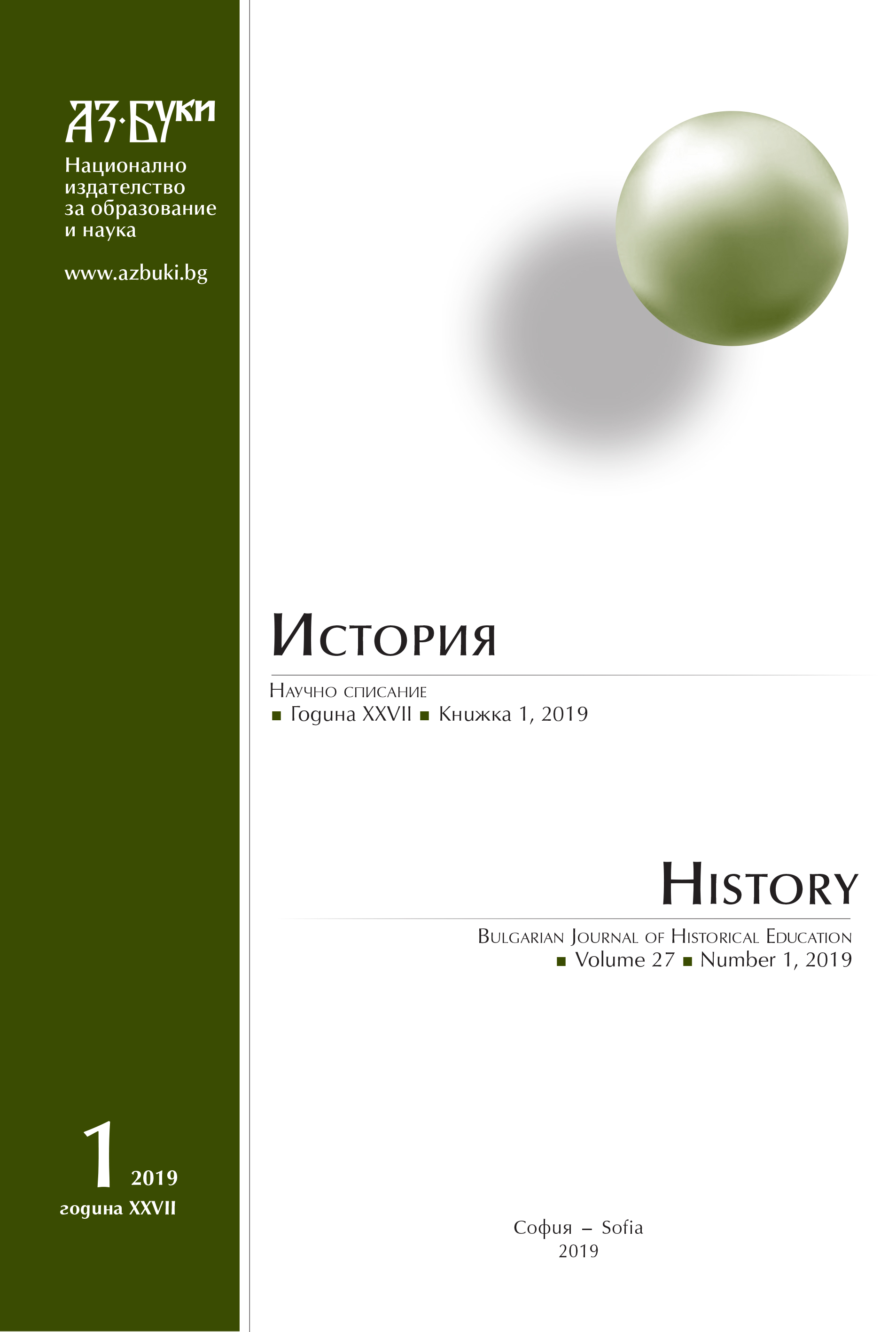
The period of XIV and XV century is one of the most important for Balkan history. The Ottoman invasions of the Balkans predetermine the destiny of Bulgarians, Ottomans, Greeks, Serbs and a number of other nations, because Ottoman hegemony significantly alters the ethnic, religious and geopolitical outlook of Southeast Europe. One of the most memorable personalities of this period is the Byzantine Em¬peror Manuel II Paleologus (1391 – 1425), who in order to save his decaying state made a desperate move - on December 10, 1399, he sailed from Constantinople, aboard several Venetian galleys, to seek personal help from the rulers of the West. This adventure is one of the most romantic parts of Byzantium’s past, and to this day it is of great interest to historians. In this article we will explore some of the key points in this journey.
More...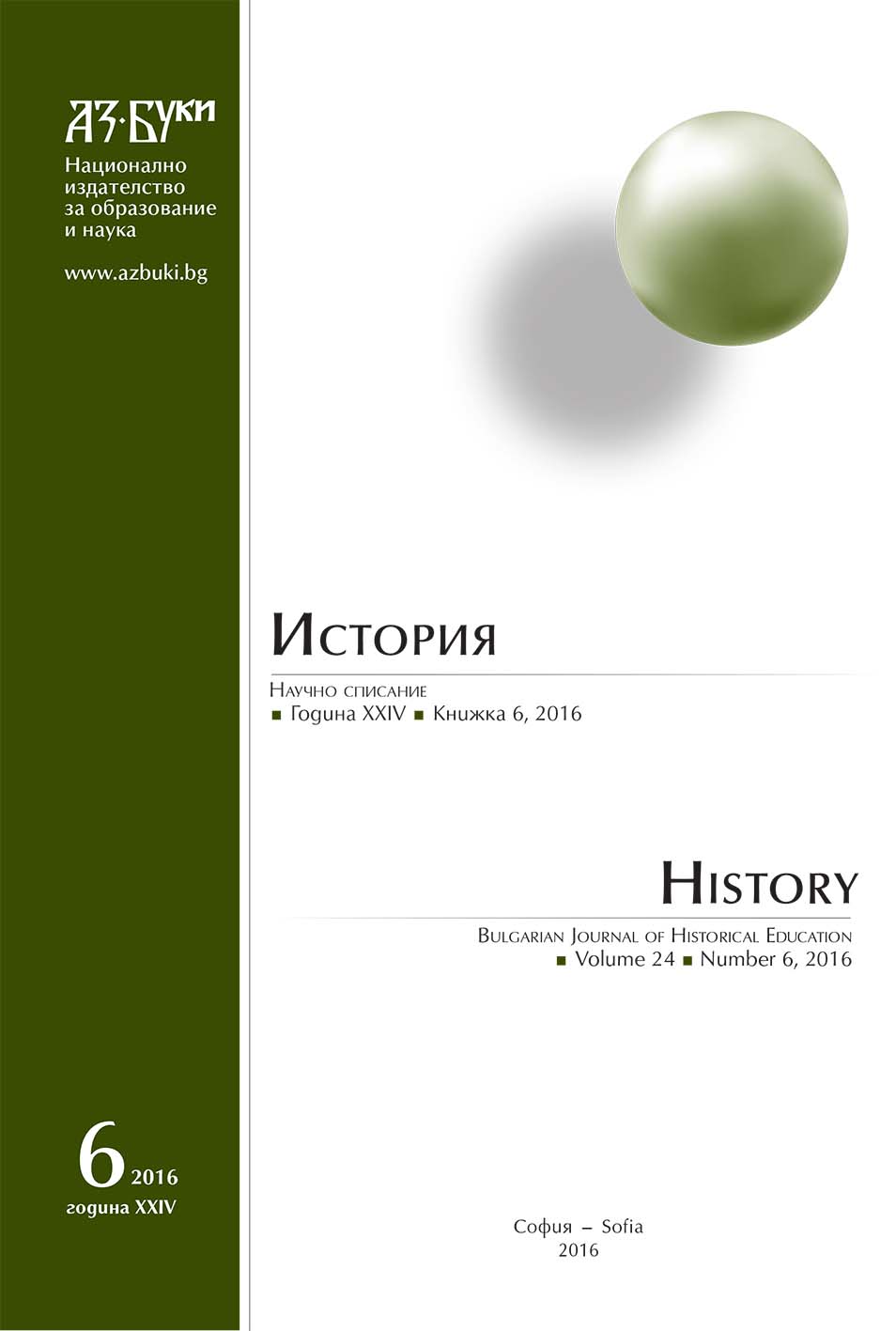
The article discusses the history of Polish-Ottoman rivalry for influence in the Balkans and Ukraine during XVII century. After the peaceful government of the Jagiellonian dynasty this rivalry renewed at the end of the 16th century during the Ottoman-Habsburg war. Poland wanted to return positions in Moldavia, lost to Ottoman empire at the end of the XV and the beginning of XVI century. Thanks to the skillful Polish policy, Moldavian throne was occupied by the Movilă dynasty, friendly to both Poland and Ottoman empire. Unfortunately, in the first quarter of the XVII century the Ottomans established full control over Moldavia, after the Polish-Ottoman war of 1620 – 1621. The hostilities were resumed in 1672 – this time Ottomans sought to conquer Ukraine and partly got the chance (the truce with Poland in Żurawno of 1676 and the peace treaty of 1678). These losses gave Poland reason to engage in the war against Ottomans in 1683, as a result Podole and Ukraine were reclaimed. But the Polish attempts to conquer Moldavia remained unsuccessful. The Karlowitz Peace Treaty of 1699 put an end to the era of continuous rivalry.
More...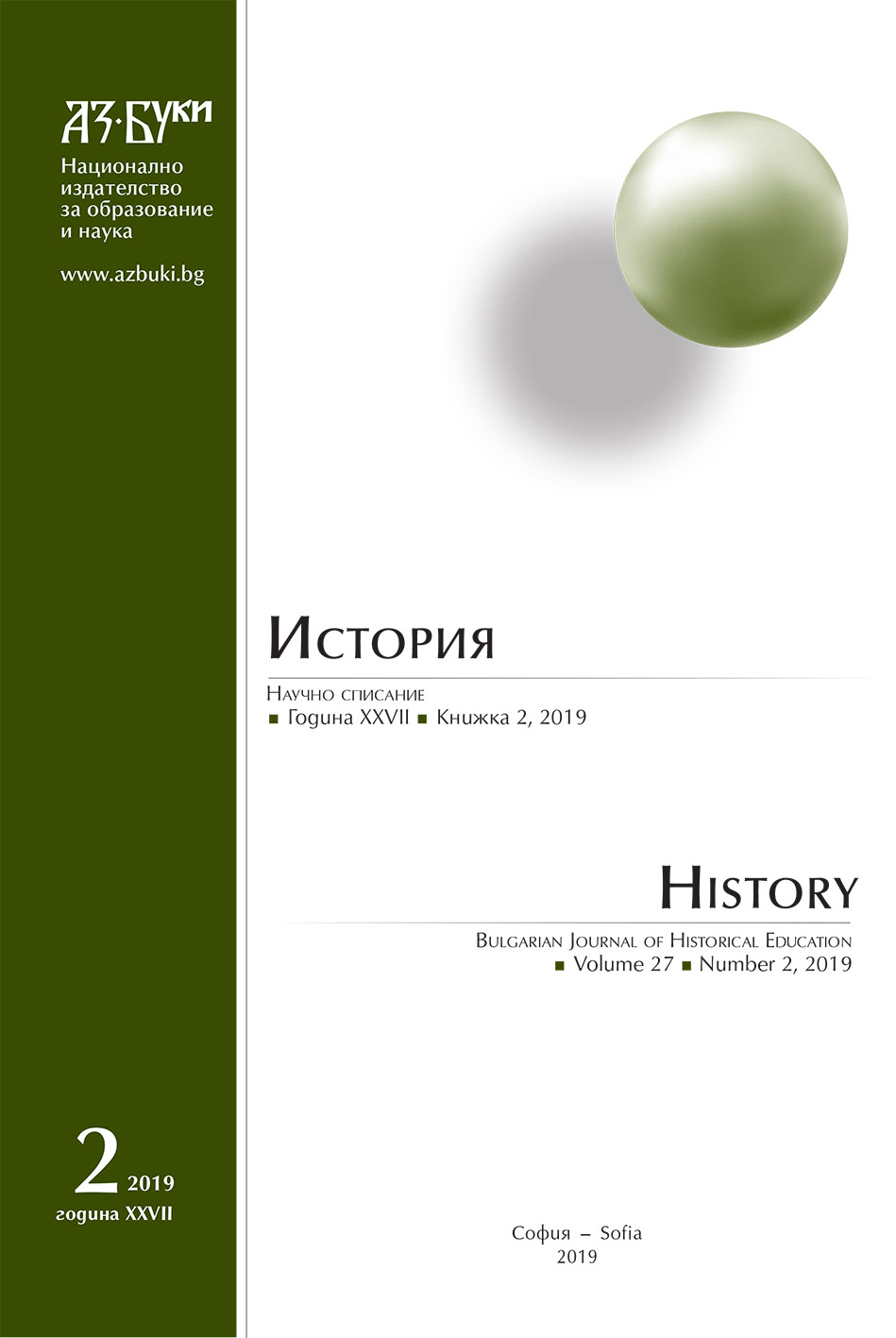
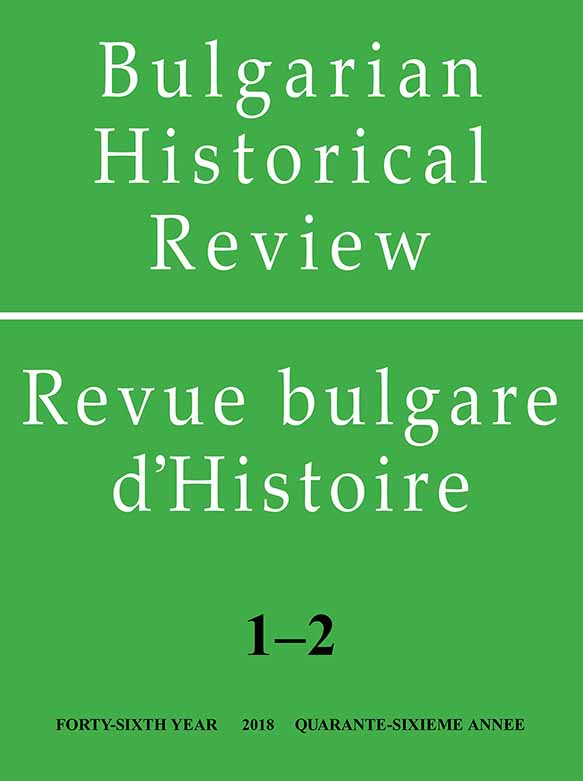
Today, Bulgaria is both a political and a cultural member of Europe, while Korea forms a common areal with its neighbours, China and Japan. Throughout the centuries, however, both countries, located geographically on the road of intensive commercial and cultural exchange, experienced the impact of nomad peoples, like the Mongols and the Turks. This is why today we can find many similar elements in the culture of Korea and that of Bulgaria, which are the result of the centuries-long thread connecting Koreans, Mongols, Turks and Bulgarians. One of these elements worthy of academic research is the deified Heaven known as tengri, which most probably lies at the core of the names Tangra in Bulgaria and Tangun in Korea. The Korean Tangun is only mentioned once in the work of the Buddhist monk Iryeon from the 13th century as a celestial son, founder of the first Korean kingdom – Ancient Joseon. The name Tangra was deciphered by some scholars in Bulgaria from a Turkish manuscript which did not survive to this day and a somewhat illegible writing on a stone pillar. Throughout the centuries, there have been no traces in either country of people worshipping Tangun or Tangra. There is no historical, archaeological or ritual evidence supporting the existence of a religious cult of the two deities. However, in modern times, in both Korea and Bulgaria, Tangun and Tangra have been brought to public attention as the symbols of an ancient proto-Korean and proto-Bulgarian religion, respectively. For patriotic reasons, the two peoples have brought Tangun and Tangra to the foreground in opposition to the official religion. The aim is to derive a monotheistic religion from one main proto-deity to equate (and why not to precede) the official religions (Christianity in Bulgaria, and Confucianism and Buddhism in Korea). This study investigates the construction of the image of Tangun as a supreme national symbol in Korea and draws a parallel with Bulgarian Tangrism. It focuses on the transformation of the image of Tangun in Korea from a deified mythological hero into a historical figure, through a large-scale, well-coordinated and well-funded state policy. While the cult of Tangra in Bulgaria is a source of national pride for some Bulgarians, it has not received the strong state support the cult of Tangun in Korea has.
More...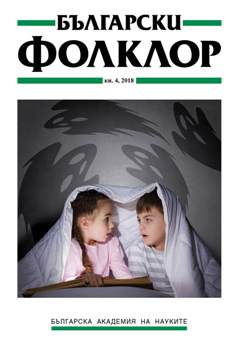
The text interprets Khand Tatar and Todorka ballad by commenting the historical terms used from the one hand, and, from the other hand by doing a transformational analysis of the attributes and functions of the mediator in the plot. The situations connected with the Tartars as historical population are analyzed as potential sources of folk personages and motifs. Resultantly, the folklore situation is seen in the light of a possible reflection of the mythological understandings while at the same time the basic psycho-social functions of the ballad are outlined. Thus the reading combines historical and mythological aspects and compares the particular “Bulgarian” case with the universal models and structures of thinking.
More...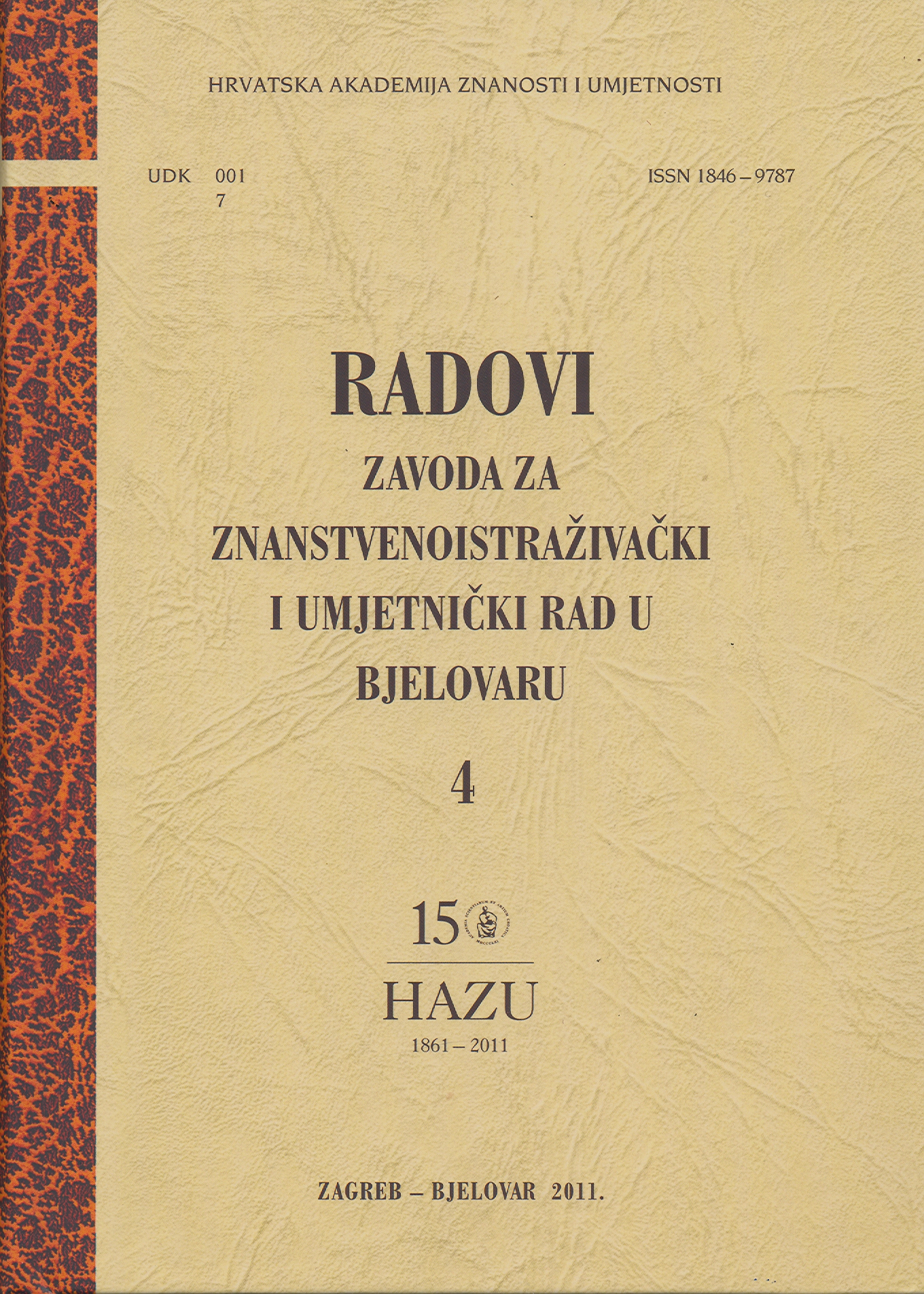
The paper presents the results of the visual clay and glaze analysis carried out on restored stove tiles and pieces safe-kept at the Museum of Moslavina in Kutina; these results indicate that for the making of all the analysed stove tiles, which were synchronously made, the same casts and two types of clay were used. The stove tiles of Garić grad are divided into twenty various types and compared with analogue finds of stove tiles originating from the area divided into the so-called western and eastern region of the stove-making production. Stove tiles with full decorative front plates have relief ornaments – presentations as found in bestiaries, mediaeval literary descriptions of monsters and animals. When comparing the illuminations in the subject manuscripts with the presentations on stove tiles, all the motives used and their symbolics may be unmistakably recognised. Further, when considering the motives on the front plates and comparing them with analogue material, the influence of the stove-making products from workshops dating from the era of Sigismund of Luxemburg (the first half of the 15th ct.) may be recognised.
More...
The monastery of St. Paul in Garić is one of the oldest Paulist monasteries in Croatia. It seems credible that the lord of Garić-grad, Henrik of Hungary (where the order was founded in 1215), invited the hermits there. Upon arrival to Moslavina, the hermits found peace and quiet they needed for prayer and contemplation. After having studied the documents, the author came to the conclusion that hermits came to Garić either at the same time when the Paulists came to Dubica (in 1244) or earlier, since – according to the documents available – the Paulists of Garić had already had a domicile in 1256, and a while later, they began building the monastery and the church of the Blessed Virgin Mary. They extended and added on them in the early 15th century, and thus created a complex that comprised all they needed for everyday life; thanks to the local aristocracy, they became rich landowners and, consequently, economically independent. The monastery in Garić was the locus credibilis – the place of credibility, in which local aristocracy used to keep their important documents and valuables. The church of the Blessed Virgin Mary was a well-known place of pilgrimage. 588 documents (deeds of gift, testaments, etc.) witness to the greatness and the importance of this mediaeval monastery. The last document from the monastery in Garić dates from 1520. As the danger approached, the Paulists moved their archives and valuables to Remete and Lepoglava; around 1543, together with the people, they fled from the Turkish army and the Armatoloi in search of a safer place. After the fall of Garić-grad (in 1544) and Moslavina (in 1545), neither the Paulists nor the people survived there. After Moslavina was freed in 1591, the Paulists of Garić endeavoured to revive the life in their monastery; however, they did not succeed.
More...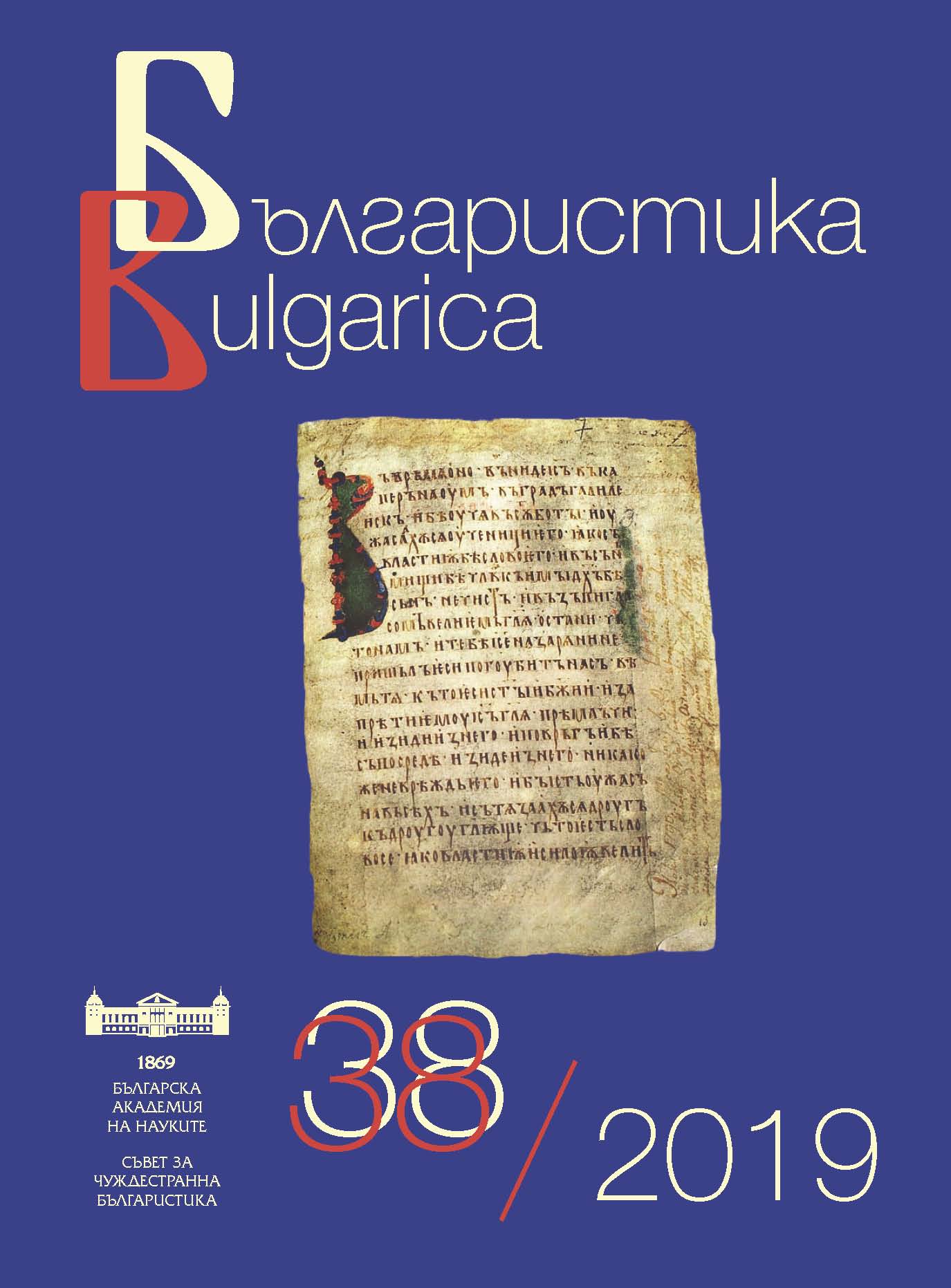

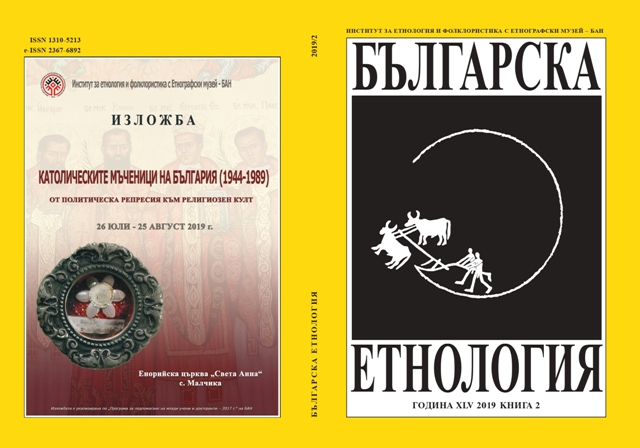
In the religious practices of the population in the Bulgarian lands, kurban is an instrument for expressing gratitude towards God for His support during times of hardship, illnesses, and ordeals. It is constantly present in ceremonial practices from time immemorial. However, as every other aspect of human life, it is subject to change. The alterations in religious beliefs lead to variations in the ritual itself and the nature of the sacrifice. Nevertheless, more detailed analysis shows that modern kurban represents a peculiar mixture of ancient traditions and newer religious customs. Furthermore, Christian and Islamic theologies are not always dominant in ceremonial practices. The influence of pagan cults is felt particularly strongly in the mountainous and semi-mountainous regions, where the role of the religious institutions is markedly weaker.
More...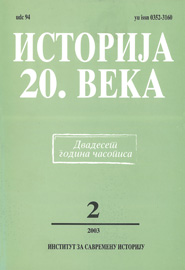
Организовањем научних скупова новембра 2000. и децембра 2001. године, те објављивањем зборника радова са ових скупова' Филозофски факултет у Бањој Луци започео је веома значајан пројекат прео бражаја научног живота у Републици Српској и Босни и Херцеговини. Политички односи посљедње деценије 20. вијека свакако нису ишли наруку научним стријемљењима на цијелом простору бивше СФРЈ, a чини се да је територија Босне и Херцеговине нарочита погођена ратним дешавањима и да најтеже санира њихове посљедице. Самим тим треба поздравити одлуку руководства бањалучког Филозофског факултета да сваке године организује научне скупове о темама које би биле довољно свеобухватне да у њих буду укључене све друштвене науке без обзира на своју различитост.
More...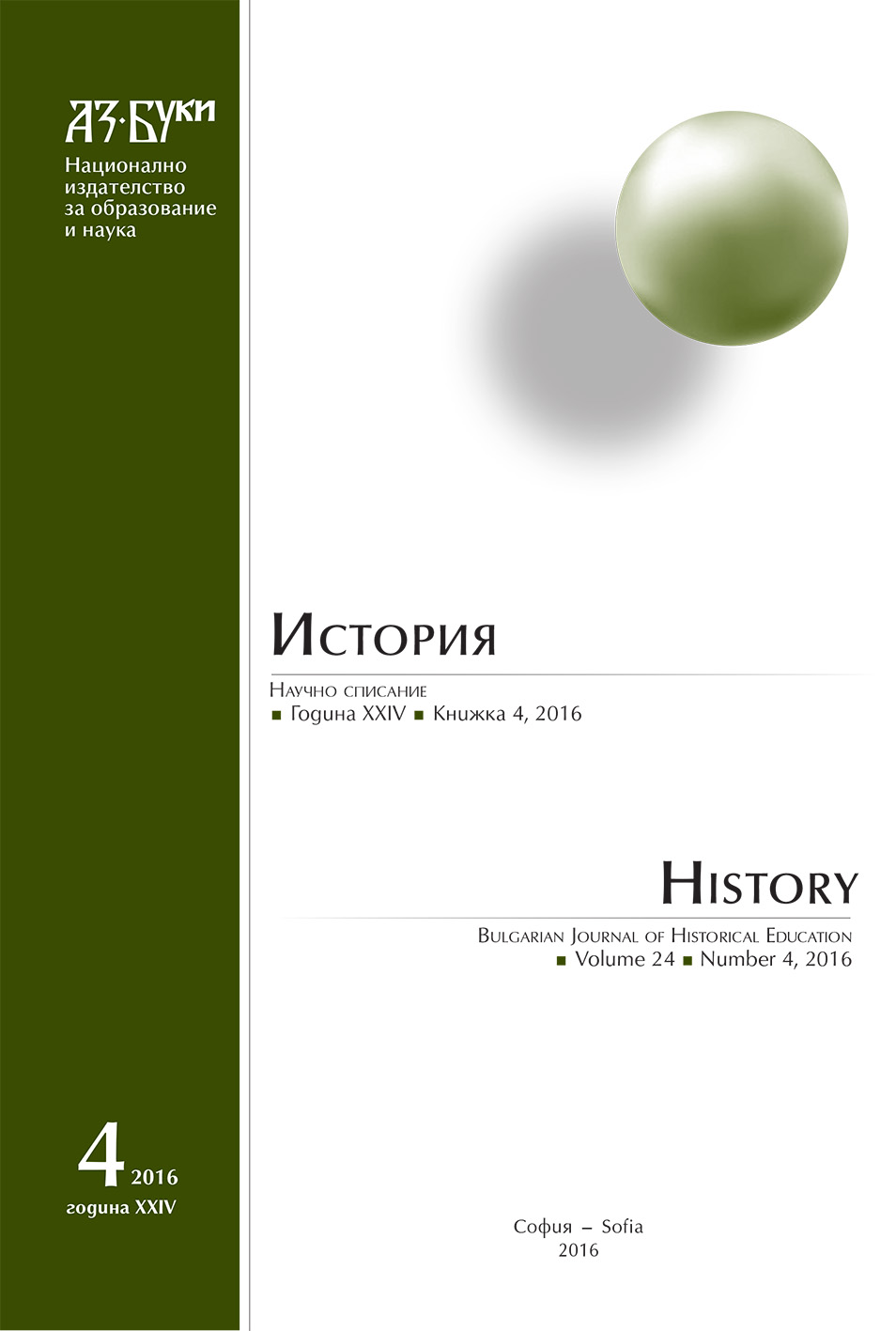
The article aims to compare the titles of some dignitaries in the Bulgarian kingdom and the corresponding titles of the dignitaries in Wallachia and Moldova. The cited sources are mostly Wallachian and Moldovan documents from XIV–XV century, when the Byzantine-Bulgarian influence on the state regulations of the Danubian principalities is strongest.
More...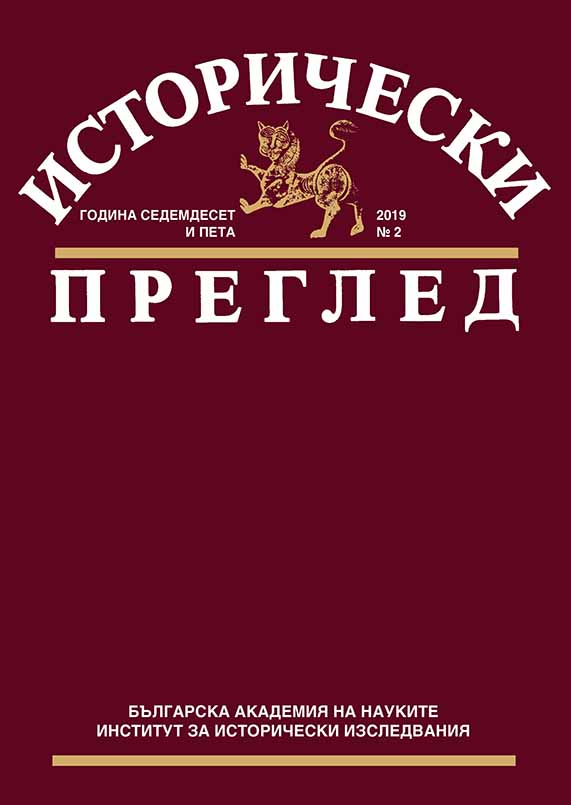
The Russian Chronograph is one of the most significant chronicles in Russian literature. It has several redactions – the First from 1512, the Basic from 1617 and the West Russian from the middle of the 16th century. Each of the variants contains information about Bulgarian history from the settlement of the Proto-Bulgarians in the Danube River area until the death of Tsar Mihail III Shishman. The West Russian version differs because of the distinct sources used in its compilation. This peculiarity is also noticed in the evidence on Bulgarian history, which has not yet been the subject of independent research.
More...
Documentary compilation review
More...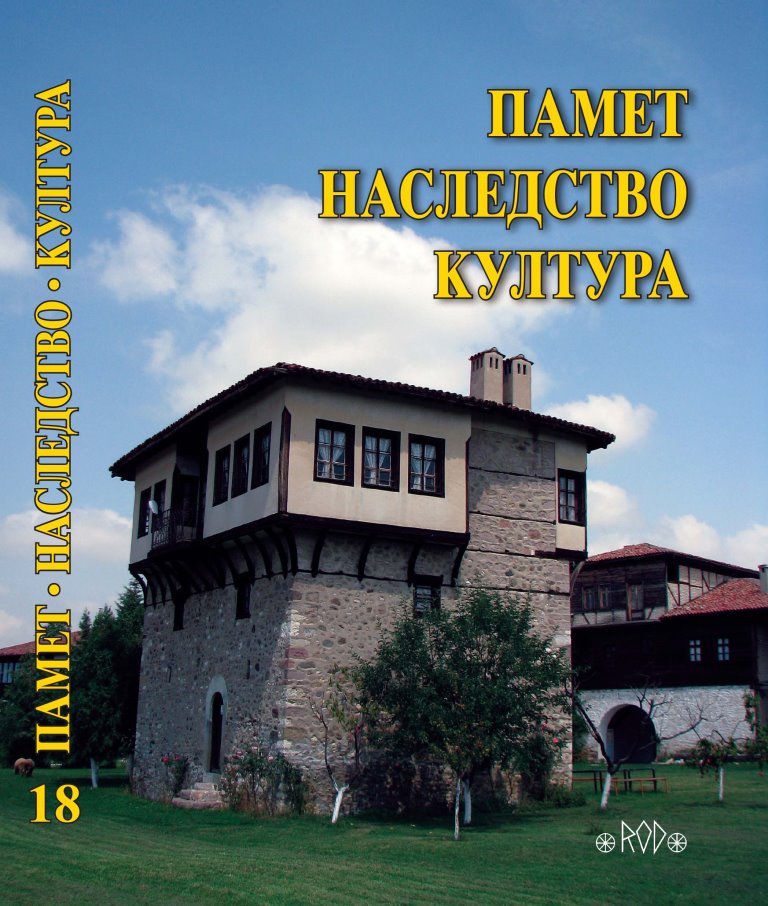
The study deals with ‘regained’ popularity of the names SIMONIDA (in Serbia) and DESISLAVA (in Bulgaria). Cultural events related to literature, theater, cinema, television made those names fashionable in the XX century, while their current presence in the naming practice has a sociopolitical hint.
More...